What is the tolerance range of precision screws?
What is the tolerance range of precision screws?
Service Hotline
+86760-8787 8587We have more than ten years of production experience in the screw industry. The main products are: thin round nuts, pure titanium bolts, carbon galvanized screws, small flat head rivets, stainless steel thumb nuts, aluminum through-hole rivet nuts, grade 10 hexagon nuts, Ball screw, main board support column stud, expansion bolt, K-shaped nut, hexagonal cold pier screw, flange surface nut, high-step high-head knurled nut, GB70 inner hexagon bolt and other fasteners, due to the product material Different specifications and different prices, please contact us if necessary.


Each self-tapping screw is composed of three parts: the head, the shank and the end of the shank. The composition of each self-tapping screw has four major elements: head shape, wrenching method, thread type, and end form. 1. Head Shapes There are various head shapes. There are round head (semi-round head), flat round head, round head flange (with pad), flat round head flange (with pad), pan head, pan head flange (with pad), countersunk head, semi-countersunk head, Cylinder head, spherical cylinder head, horn head, hexagonal head, hexagonal flange head, hexagonal flange (with pad) head, etc. 2. Wrenching method The wrenching method refers to the way of twisting the head of the screw when installing and tightening the screw. There are two basic methods: external wrench and internal wrench. Generally speaking, external wrenching will allow more torque than any form of internal wrench (internal groove). External wrench: hexagon, hexagonal flange surface, hexagonal flange, hexagonal flower shape, etc.; internal wrench: flat groove, cross groove H type, cross groove Z type, cross groove F type, square groove, compound groove, inner flower Key, inner hexagon flower, inner triangle, inner hexagon, inner 12 corner, clutch slot, six-blade slot, high torque cross slot, etc. 3. There are many types of threads, including self-tapping threads (wide thread), machine threads (ordinary threads), drywall screw threads, fiberboard screw threads, and some other special threads. In addition, threads can be divided into single-lead (single-end), double-lead (double-end), multi-lead (multiple-end) and high-low thread double-end threads. 4. Terminal form There are two main types of terminal form: tapered end and flat end. However, according to the needs of use, at the screw-in part of the end, grooves, grooves, incisions or parts with a similar drill shape can be processed with cutting function. In some standards, it is also a tapered end or a flat end, and there are different forms such as a rounded end.
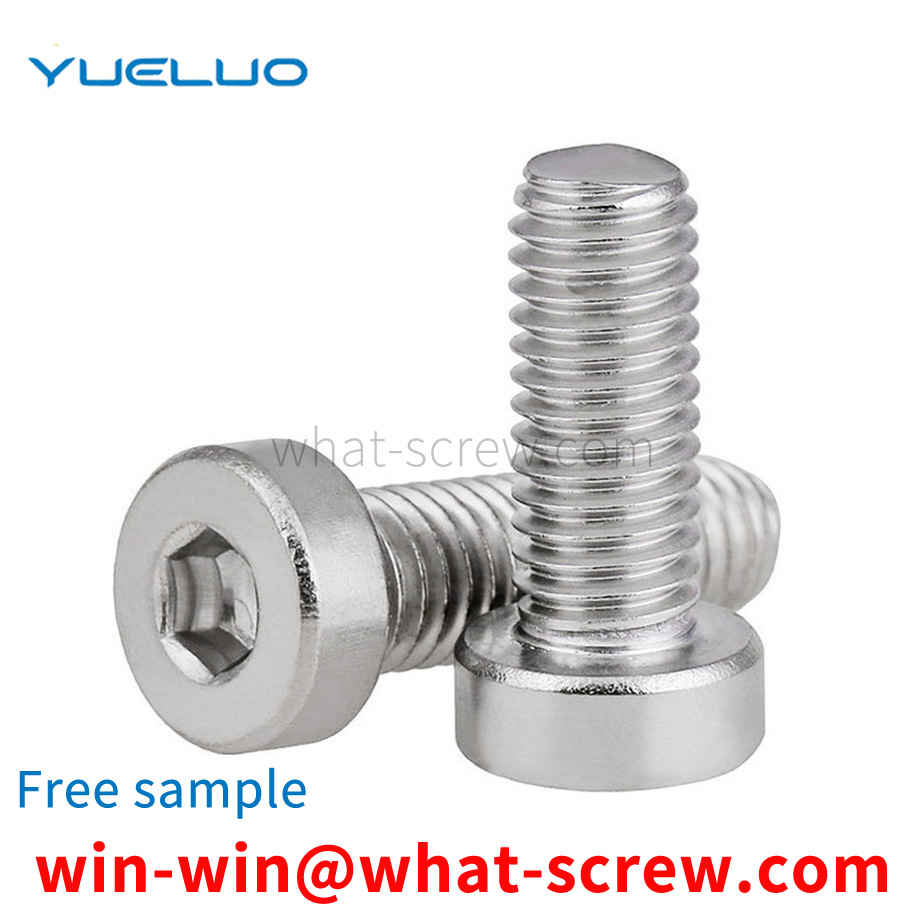
Anchor bolts are also known as stiffened anchor plate anchor bolts, welded anchor bolts, anchor claw anchor bolts, rib plate anchor bolts, anchor bolts, anchor screws, anchor wires, etc. It is specially designed to be buried in the concrete foundation and used as the base for fixing various machines and equipment. Figure 7 anchor bolts are the most commonly used anchor bolts. It is generally made of Q235 steel, with high strength using Q345B or 16Mn material, and also using 40Cr material to process 8.8-strength products, and occasionally using secondary or tertiary rebar. Anchor bolts are divided into wool, thick rod and thin rod. The wool material is the raw material steel, which is directly processed from round steel or wire without modification; thick rods or called A-type, thin rods or B-type, are processed from steel modified into the corresponding required rod diameter. Welded anchor bolts are made of single-headed bolts welded with stiffened iron plates. Its anti-pulling ability is strong. According to the different conditions of use, it can reach 3.6, 4.8, 6.8, 8.8 and other grades respectively. The tensile capacity of 3.6 grade 7-shaped anchor bolts is the tensile capacity of the steel itself. The tensile strength of anchor bolts directly processed from Q345B or 16Mn raw materials can reach a tensile strength of 5.8. The tensile strength of grades 4.8, 5.8, 6.8 and 8.8 refer to the provisions on mechanical properties in GB/T3098.1.
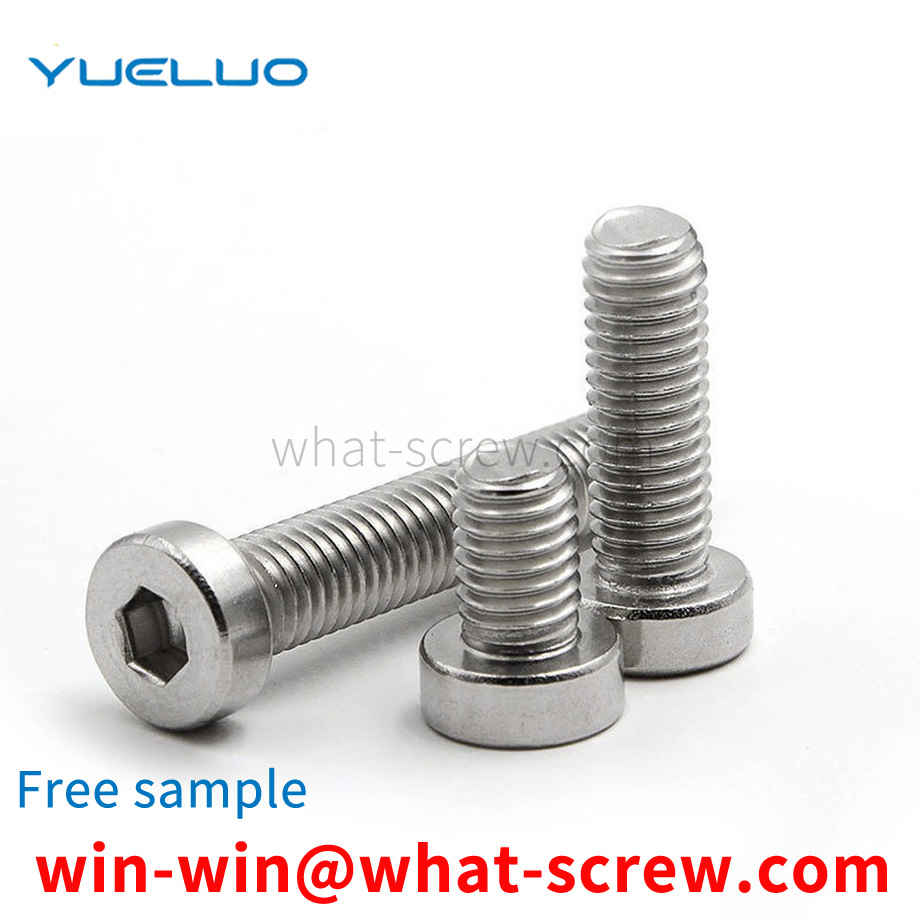
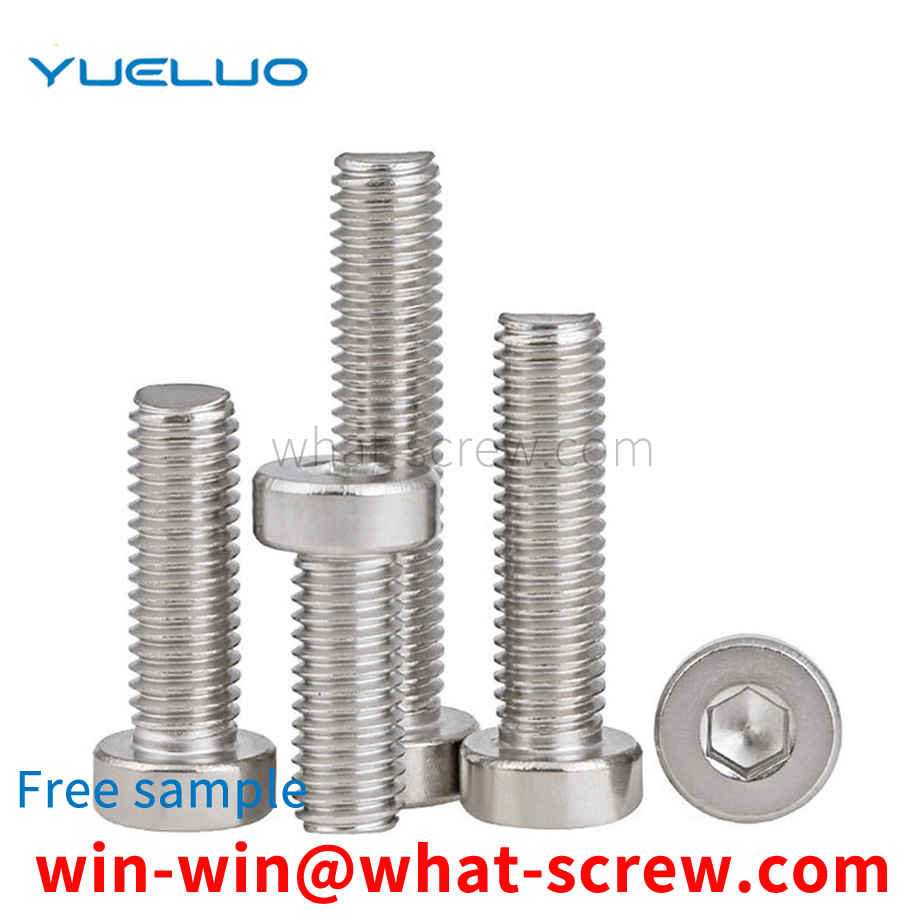
For a long time, the rivets used in general riveting, especially the ordinary rivets and bolts and other fasteners commonly used in steel structures such as vehicles and bridges, have low connection reliability, especially under alternating load and impact conditions. Looseness is easy to occur, the maintenance cycle is short, and the maintenance cost is high in the later period, which cannot meet the requirements of railway freight.
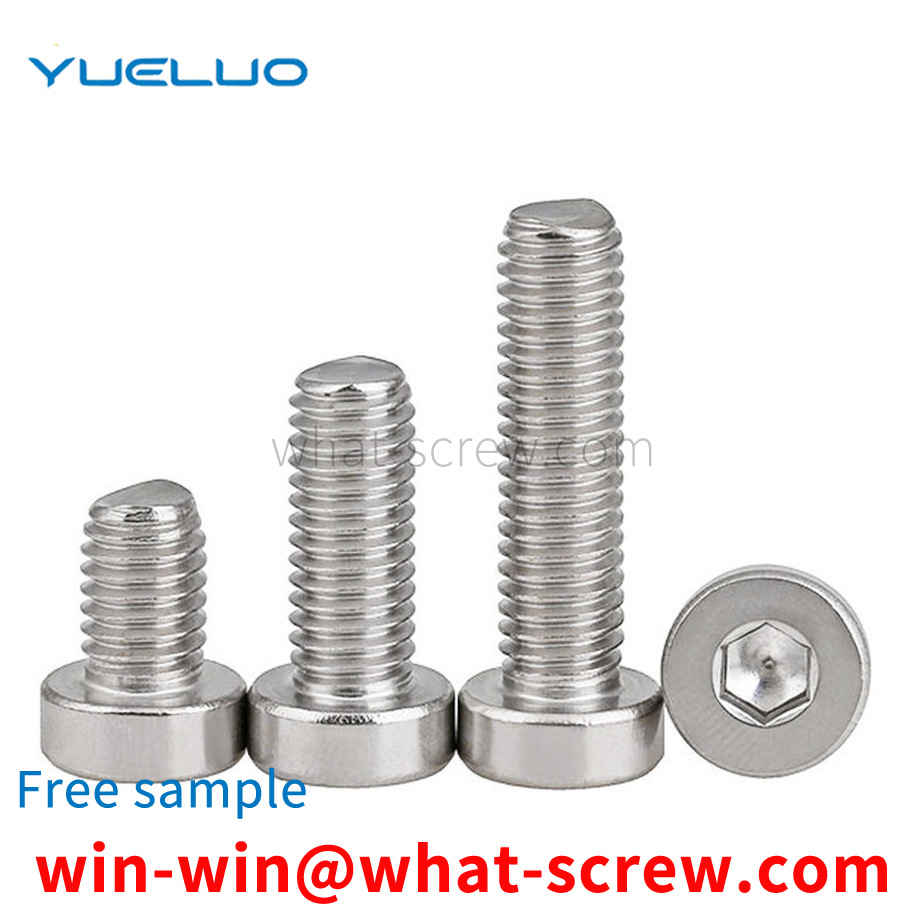
Therefore, how to provide a socket nut, a fastener and an installation method thereof that are more firmly connected and can be applied to thin-walled profiles is a technical problem to be solved by those skilled in the art.
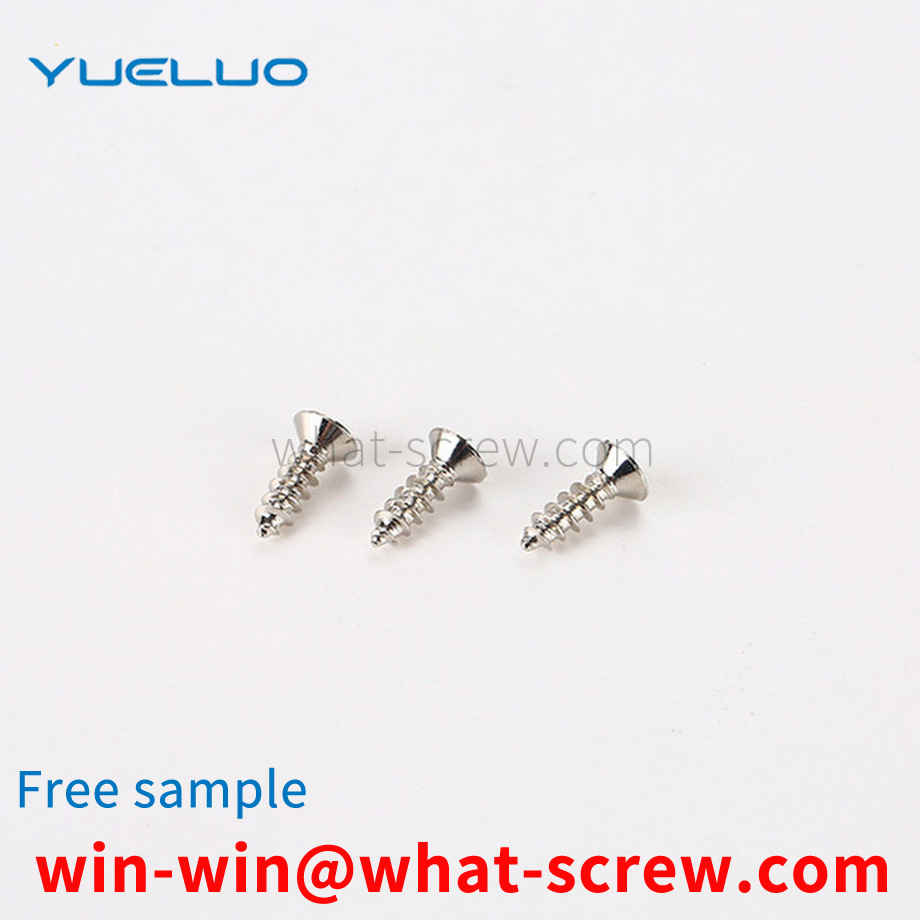
The above content is uploaded by Yueluo or the Internet. If there is any copyright issue, please contact [email protected].

What is the tolerance range of precision screws?

How to choose the right stainless steel screw manufacturer?

Why is there an R angle under the head of the hexagon head s...

We have more than ten years of production experience in the ...

We have more than ten years of production experience in the ...

We have more than ten years of experience in screw industry ...

We have more than ten years of experience in screw industry ...